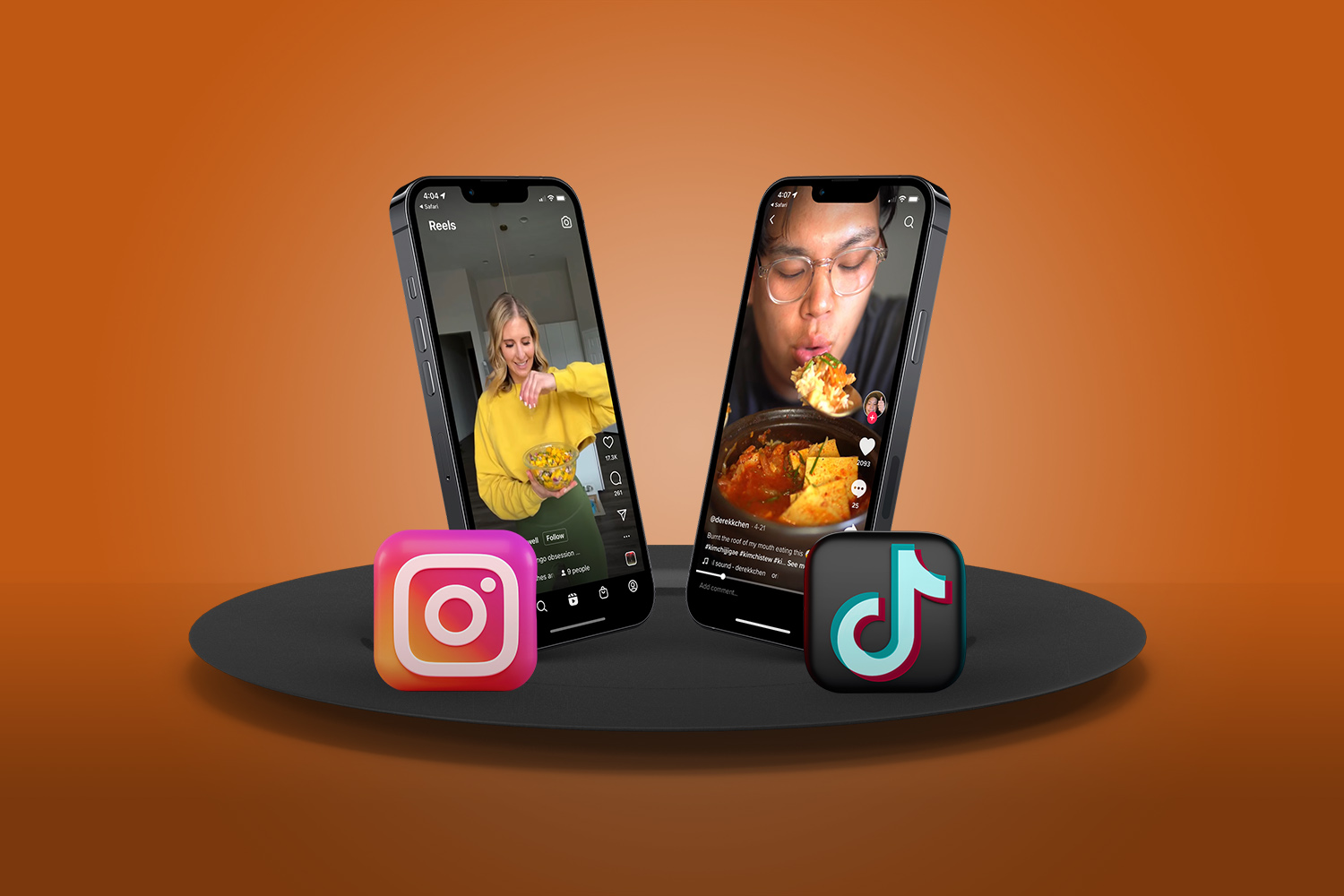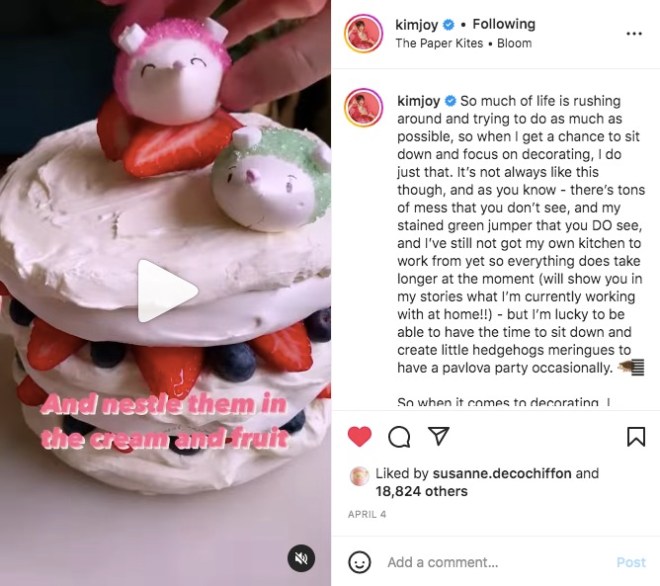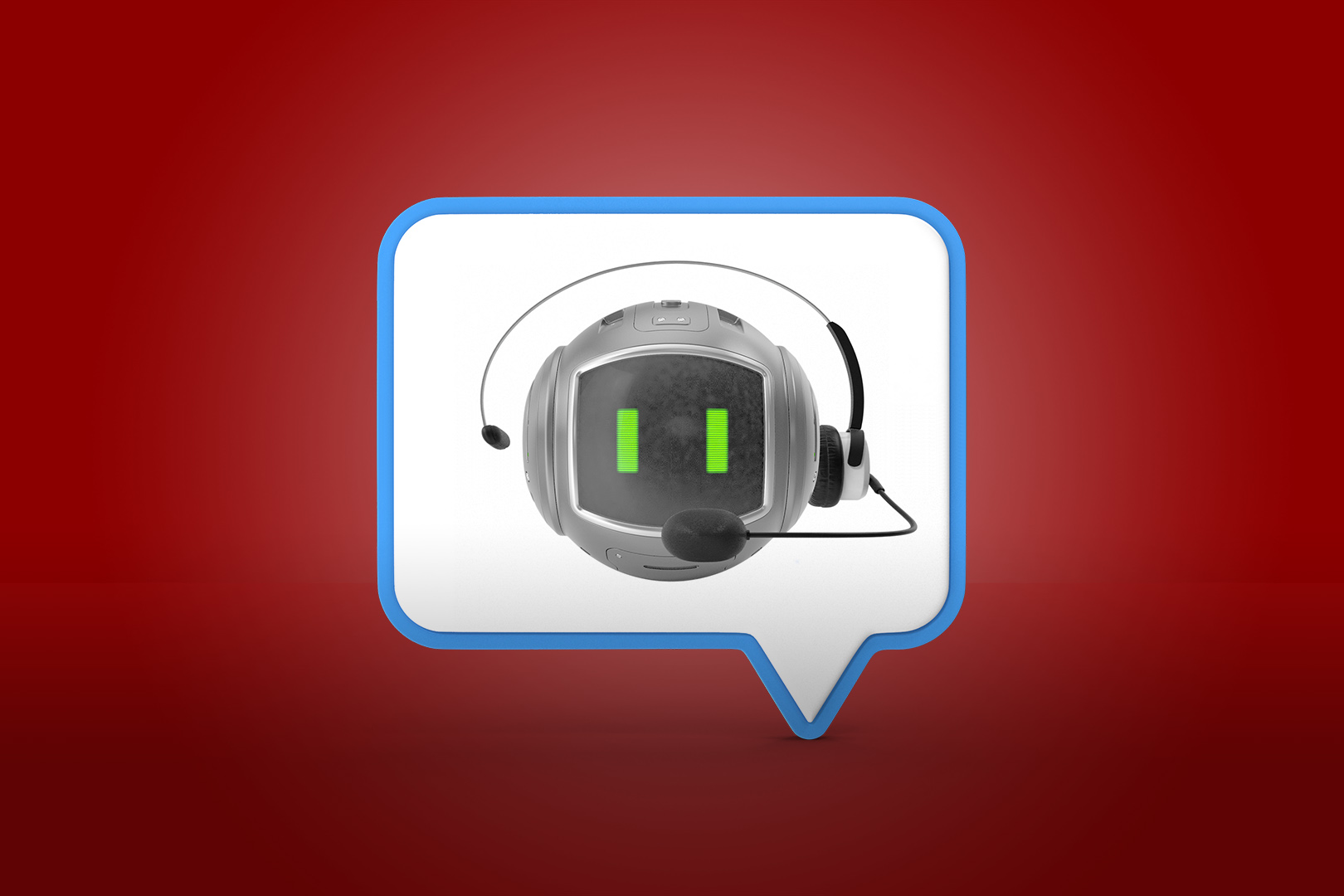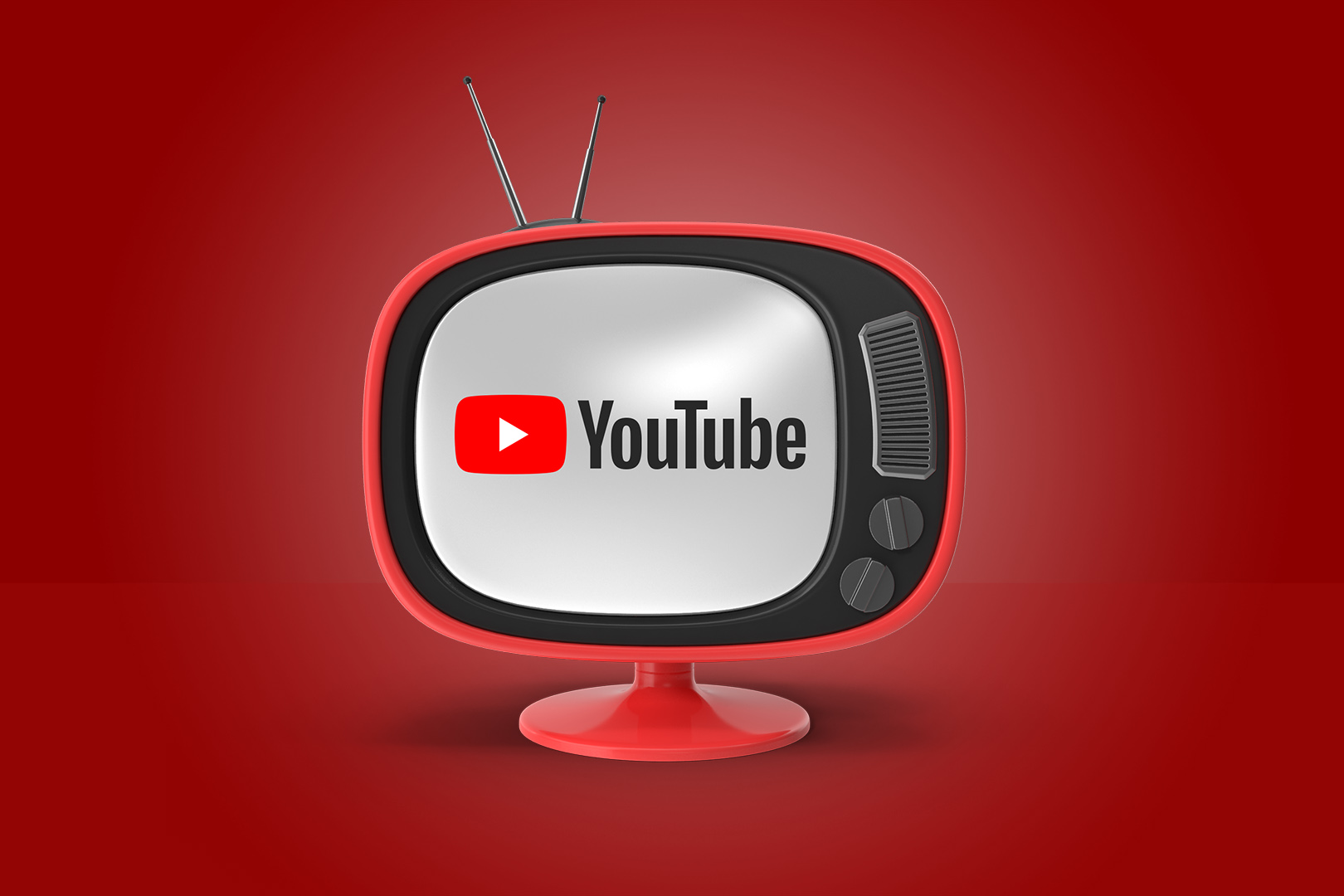It’s one thing to talk about great social media strategies, it’s another thing to live them. We polled a few of our office foodies for their favorite food accounts, specifically for their Instagram Reels or TikTok appeal.
This isn’t your typical “top accounts” list full of great brands everyone knows, these accounts have made the feeds of some of the pickiest social media munchers. These Flightpath foodies don’t follow just any brand, so we were especially keen to know the “why” behind who they follow too.
The foodiest foodie
Denise may have the most food accounts of our whole group, seeing as to how she herself is into posting food, recipes and all around good eats on her own social channels. So what appeals to someone who has a keen eye for food influencers?
A top favorite: Laura Live Well
Reason to love: The aesthetics of it all. The reels are pleasant to watch and the recipes all look yummy!
I’m allergic to spam
Carolyn loves getting variety in her diet and her feed, so something she enjoys is following accounts that give her a mix of content as she scrolls. This applies not only to recipes, but also creating a mix of content that ensures her feed doesn’t feel “too spammy” or ad-like.
A top favorite: Max the Meat Guy
Reason to love: He shares the products he uses more as a “here’s the info” rather than “you need to buy this.”
@maxthemeatguy Tajin and Citrus Dry Age #newyorkstrip #tajin #dryaged #steak ♬ Hokus Pokeus – HipHop Beats
Taste the rainbow
Emily is all about the colorful accounts well stocked with eye candy, and an occasional dose of satire. It’s more about looks (enter her obsession with purses that look like food), and entertaining videos.
A top favorite: Kim-Joy
Reason to love: Her bakes are always so fun, and she shares her “oops” moments too so we see things aren’t always perfect.
Can you smell it?
I have a soft spot for cooking tools and recipes I can actually try later. Does it smell good just looking at it? Does the perfectly cut steak produce ASMR? If so, the account just might make the cut.
A top favorite: Derek Chen
Reason to love: Every video starts with him trying it out—is there a better way to make you want to try it too?
@derekkchen Burnt the roof of my mouth eating this 🤕 #kimchijjigae #kimchistew #kimchisoup #easyrecipe #easyrecipes #cooking #food #mukbang ♬ original sound – Derek Chen
Honorable mentions:







